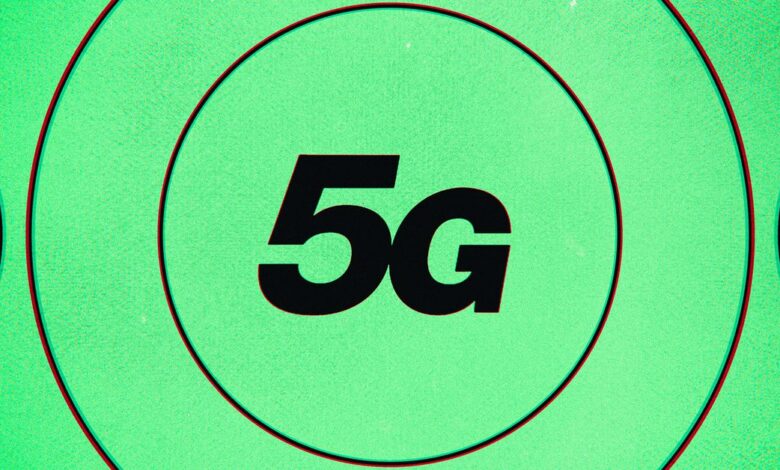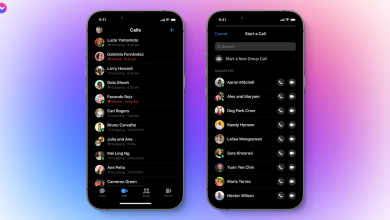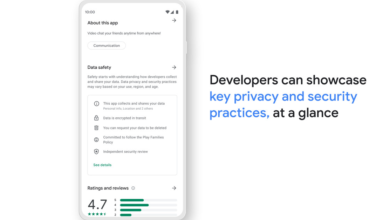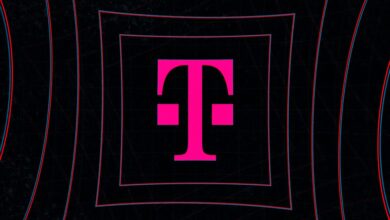Verizon and T-Mobile want to give you a free phone — with a catch

It’s a good year for old, crappy phones. The dusty old phone in your desk drawer running Android frozen-dessert-something-or-other — the one that might have a cracked screen — saw its stock go up recently with two generous trade-in promotions. T-Mobile and Verizon are both offering to take your old, damaged phone off your hands and replace it with a shiny new 5G model.
There are a couple of reasons for this generosity. Verizon, in particular, has written some big checks to pay for new C-band frequencies — highly desirable spectrum for 5G that offers good range and speed. The company has reassured its shareholders that the hefty expenditure will help grow its customer base and increase the amount of money it makes on existing accounts. It told investors at its March analyst event that “with C-band included, we think step-ups to premium [plans] will only accelerate.” So it’s unsurprising that the cracked phone deal requires a commitment to a “select unlimited plan.”
Meanwhile, T-Mobile wants to make the most of a relatively strong hand right now. It has taken every opportunity possible to declare itself the “leader in 5G” and is likewise focused on reaching new customers, getting a 5G device in their hands, and getting them hooked on its 5G network. T-Mobile CEO Mike Sievert talked up the success of the new Magenta Max plan — an unlimited plan that doesn’t impose slowdowns after you reach a certain monthly data threshold — on the company’s first quarter earnings call as a kind of “if you build it, they will come” moment.
Customers on the plan use 70 percent more data than a typical LTE customer, and Sievert says they’re using their 5G data connection in situations when they might otherwise have looked for a public Wi-Fi network to join. “When you give somebody a true unlimited plan on a 5G phone that’s screaming fast on the biggest and best 5G network in this country, they use it.” That free 5G phone is just the start of what the carrier hopes will be a long and, ultimately, lucrative relationship.
Outside of those two companies, US wireless carriers across the board are braced for big changes this year — the impact of which will be felt by the rest of us in one way or another. The beginning of the year saw telecom companies on the upswing compared to last year’s tumultuous first quarter, with most adding more customers than they did in this quarter last year. T-Mobile gained a net of 773,000 postpaid phone customers, and AT&T added 595,000, its highest number in 10 years. Across the industry, companies felt the positive impacts of retail stores reopening to welcome customers with stimulus checks ready to spend.
While they’re in a better spot than they were when the country started shutting down this time a year ago, there are major hurdles to overcome in the near future. Verizon and AT&T, in particular, have a major project ahead of them in getting ready to deploy that newly won C-band — a costly venture on top of what they owe the federal government for the licenses. C-band is particularly important to those two companies, which are gambling on it to breathe life into their struggling nationwide 5G networks.
Verizon is wasting no time; having pledged to spend $10 billion over the next three years on C-band deployment, it’s on track to spend between $2 and 3 billion by the end of the year and says it’s already ordered half of the equipment it will need. AT&T, meanwhile, is proceeding with a more cautious outlook, citing uncertainties around stressed global supply chains, and that other auctions this year could help fill out the company’s spectrum portfolio.
Meanwhile, this is all the more motivation for T-Mobile to push aggressively for more subscribers now while the other players catch up to its relatively strong position in spectrum holdings. The company raised its investor guidance and now expects to add a net of between 4.4 and 4.9 million postpaid customers this year, up from 4.0 to 4.7 million.
There’s another storm on the horizon, too, one that could potentially affect hundreds of thousands of wireless customers: T-Mobile’s impending shutdown of its old CDMA network, which a large number of Boost Mobile (owned now by Dish) customers rely on. Dish says that T-Mobile is moving ahead with the shutdown much earlier than it said it would as an anti-competitive tactic, and Dish Chairman Charlie Ergen’s cries of foul play have gotten more dire in recent weeks, more or less calling Sievert a “Magenta Grinch.”
The company has also asked the California Public Utilities Commission to reopen the Sprint / T-Mobile merger case, and it has appealed to Capitol Hill lawmakers to review the situation. If the shutdown goes ahead as currently planned, lots of Boost Mobile customers will be shopping for a new phone soon — and potentially even a new wireless provider, too.
So what’s next? For one, we can expect the aggressive play for new customers to continue, along with the dull roar of the 5G Hype Machine we’re all tired of hearing by now.
In addition to the device offers, your carrier might try to upsell you to one of those premium unlimited plans if you do upgrade to a 5G device. Verizon is committed to those customer “step-ups,” and Sievert hinted that more Magenta Max-type offerings may be on the way, saying the plan is “only the beginning.” So if you do decide to dust off that old phone and turn it in for a new device this year, more power to you — might as well put an old piece of tech to work for you. Just be sure to take a good look at the fine print on the deal.
Source link






